
The COVID-19 pandemic and plunging oil prices cause contract postponement and cancellation, resulting in 17% YOY fall in Wintermar's 1H2020 revenue compared to 1H2019, with a gross loss of US$658,855 for the first half of 2020.
--COVID-19 Pandemic Impact
After a strong first quarter where the Company made a profit, the combined effect of the global "lockdowns" caused by the COVID-19 pandemic and the breakdown in OPEC talks in March led to a sharp drop in oil prices in April.
When the COVID-19 pandemic escalated, the global economic impact was swift and severe. This uncertainty led to cancellations and delays in offshore drilling operations globally.
Travel restrictions imposed domestically as well as globally also impacted our ability to carry out crew changes. This meant that the crew who had completed their contracts were not allowed to travel home while relievers could not start work.
The Company implemented COVID-19 protocols to protect the health and safety of our staff and crew, including full Work From Home procedures from late March 2020 until end of June 2020. Strict controls were imposed on visitors on board the fleet. Masks, sanitisers, cleaning and disinfecting equipment were supplied to all vessels, and COVID-19 drills were carried out on board as well as on shore. Although absolutely essential, these also added to operational costs.
By early July 2020, in line with the Jakarta government's move to Phase 1 of the "New Normal", the Company started to allow some employees back to work in the office, subject to a guidance of 30% capacity, compulsory mask usage and social distancing measures. Some crew changes became possible with some safety protocols including compulsory quarantines imposed by some charterers.
--Owned Vessel Division
Stating COVID-19 as the reason for being unable to continue with safe operations, some clients postponed commencement or even terminated their drilling projects since May 2020. Outside Indonesia, two vessels which were delivered in March are still awaiting the commencement of a contract. The drilling project in the Makassar strait which was terminated in mid-May impacted several of the Company's vessels. As a result, fleet utilization rate fell from 70% in 1Q2020 to 60% in 2Q2020, with high tier vessels the worst affected.
Revenue from Owned Vessels for 1H2020 declined by 7% YOY largely due to a 26% quarterly drop in revenue in 2Q2020 compared to 1Q2020. Despite the lower revenue, the gross loss from the Owned Vessels Division reduced by 42% YOY in 1H2020 compared to 1H2019. This can be attributed to the Company's efforts to streamline the fleet and operational structure, which contributed to a reduction of 16% YOY in depreciation and 26% in maintenance costs.
Operational costs however, rose by 22% YOY to US$1.8 million due to increased international operations as well as extra costs related to COVID procedures and quarantine requirements.
--Chartering and Other Services
As economic activity shut down globally in 2Q2020, chartering revenues fell sharply by 42% to US$3.6 million, resulting in a 57% fall in the contribution from Chartering Division. Other services also fell in tandem to record a profit of US$325,941 for the first half, from US$879,759 in 1H2019.
The Company booked a gross loss of US$658,855 for 1H2020, -4% YOY compared to 1H2019.
--Indirect Expenses and Operating Loss
The success of the cost efficiency measures arising from the reorganization of the fleet can be seen in the 19% reduction in indirect expenses. The largest component of indirect expenses, which is staff costs, has fallen by 19% YOY to US$2 million in 1H2020.
Over the past 18 months, the Company has sold 7 vessels and laid up 6 older vessels and streamlined the shore team structure. The repositioning of the Company's fleet to focus on mid and high tier vessels which has been in process over the past two years has resulted in a leaner shore base with lower overheads.
The Operating loss for 1H2020 fell 16% to US$3.7 million from 1H2019.
--Other Income, Expenses and Net Attributable profit
In line with the reduction of debt, interest expenses fell 17% YOY to US$1.9 million in 1H2020. Unfortunately, the pandemic also impacted the equity in net earnings of associated companies, which recorded a loss of US$0.22 million for 1H2020 compared to a profit in 1H2019. The Company booked a profit of US$1.2 million on the sale of a vessel in 1H2020 and a forex gain of US$0.4 million.
For 1H2020, the Company booked a net loss attributable to shareholders of US$3.97 million, reduced by 16% YOY from 1H2019.
EBITDA was lower at US$6.7 million for 1H2020, compared to US$8.1 million for 1H2019.
--Oil and Gas Industry
The second quarter of 2020 made history as oil prices became negative for the first time, as the lack of demand caused inventory build up, while the lack of US Oil storage capacity caused WTI Oil prices to sink to a negative US$37 price in April. On the oil supply side, OPEC+ responded with a coordinated production cut of up to 9 million bpd, while US Shale producers started shutting in their wells. Oil demand bottomed out in April 2020 and started improving in May 2020 as many countries started to ease the "lockdowns" necessitated by the COVID-19 pandemic. This has allowed oil prices to gradually normalize again at around US$40 per barrel.
The unprecedented scale of the simultaneous shut down of cities and countries has triggered an oversupply of oil which will take months to be drawn down. For the full year 2020, most researchers predict oil demand to be 9% below that of 2019. Equilibrium in demand and supply of oil is expected to be reached only in 2021.
According to Clarkson research, at the start of 2020 there were 65 fields scheduled to commence this year but after the outbreak of COVID-19, most were delayed and only 28 projects are still expected to continue this year, with others delayed till 2021.
The worst hit sector is US Shale production, where producers have been forced to shut in wells, and it is looking unlikely for some of these wells to be reinstated when prices recover. Should oil prices recover, it is likely that offshore oil activity will resume since US Shale producers may find it hard to fund future capex. Therefore the outlook on oil and gas in the coming years is more optimistic.
--Outlook for Offshore Support Vessels (OSV)
2020 was supposed to be a year of recovery as utilization rates picked up and charter rates were starting to rise and the beginning of the year. The offshore vessel industry had been enjoying a better equilibrium due to high scrapping activity in the past few years. Due to poor charter rates, there has been hardly any new building orders in DP vessels in the past years.
COVID-19 related project postponements arising from May this year will cause lower utilization rates for the rest of 2020, resulting in more financial stress for the industry. It will again require resilience for OSV companies to weather the next few months.
Because of the poor charter rates and reluctance of banks to finance OSVs, there is unlikely to be any new supply of OSVs in the coming year. This bodes well for a recovery in the industry when the oil market reaches a balance again in 2021. Some researchers also suggest a shortage of oil is likely from 2023 due to the lack of investment in reserves over the past few years.
There are still ongoing drilling projects being tendered in Indonesia, Brunei and Malaysia for commencement in 2021 and beyond. Although the pandemic has pushed out start dates, these projects are likely to continue when oil prices show some stability.
--Strategy and Outlook
During 2Q2020, management has already put in place several measures to reduce costs through down manning vessels, a freeze on new hires and postponing non essential expenses. To improve revenue, the Marketing team has fixed some spot contracts to mitigate the impact of contracts which had been postponed or terminated due to COVID-19.
As cash flows were impacted by delays in invoicing and slowing accounts receivables from the lockdown measures, management approached bankers and were successful in securing a rescheduling of principal repayments. With the agreement of major lenders, US$15.6 million of principal repayments have been reclassified from short term to long term loans, providing a higher degree of comfort for the Company's cash flow outlook in 2020 and 2021. The lightened debt repayment for the next 18 months will underpin the financial sustainability of the Company during this uncertain year.
Management efforts in the past few years to expand internationally have repositioned Wintermar. The Company is now ranked 7th in the Asia Pacific region by Clarksons and is well positioned to compete as the regional oil and gas industry recovers from the aftermath of the pandemic.
Contracts on hand as at end June 2020 amount to US$71.7 million.
Source:XINDE MARINE NEWS
The opinions expressed herein are the author's and not necessarily those of The Xinde Marine News.
Please Contact Us at:
media@xindemarine.com


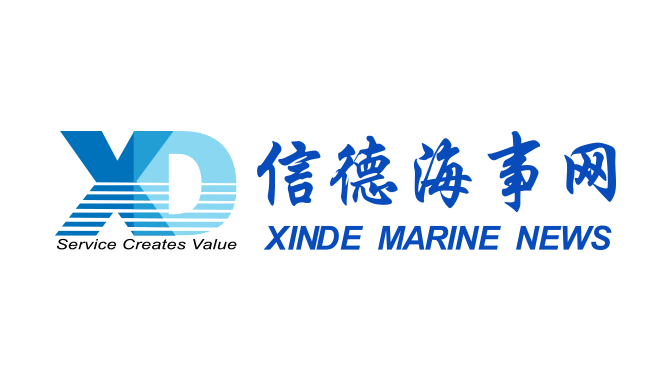 WOODSIDE AND CHINA RESOURCES AGREE LONG-TERM LNG SU
WOODSIDE AND CHINA RESOURCES AGREE LONG-TERM LNG SU 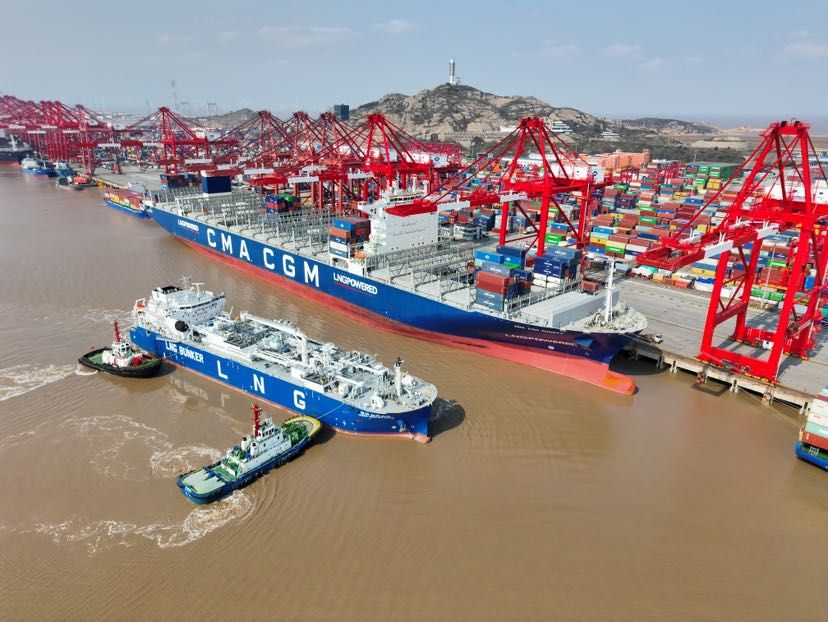 Shanghai Yangshan Port Bunkered Two LNG Powered Con
Shanghai Yangshan Port Bunkered Two LNG Powered Con 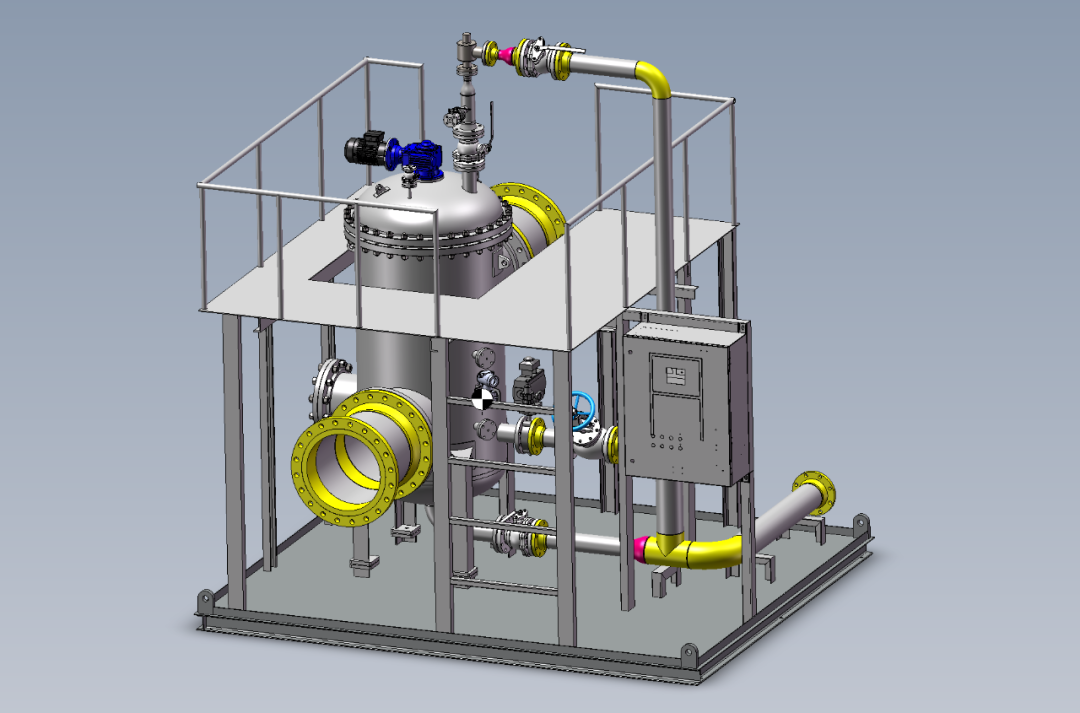 Headway successfully delivers filtration skid solut
Headway successfully delivers filtration skid solut  Celebrating the Launch of “Green Energy Pearl” –
Celebrating the Launch of “Green Energy Pearl” – 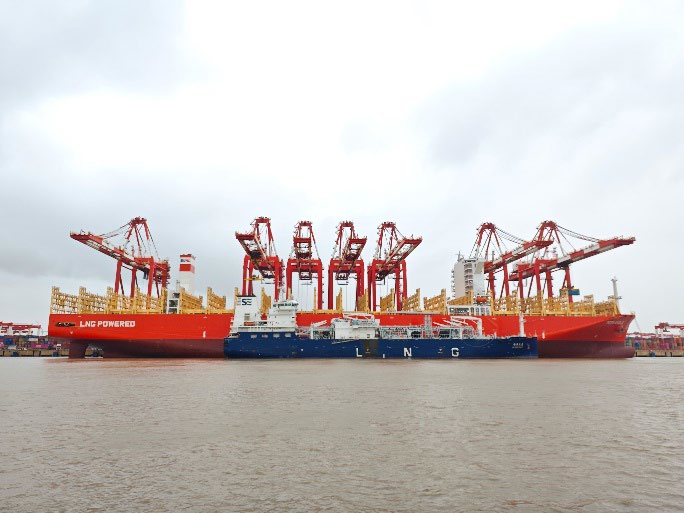 PIL and SSES complete the inaugural LNG bunkering o
PIL and SSES complete the inaugural LNG bunkering o 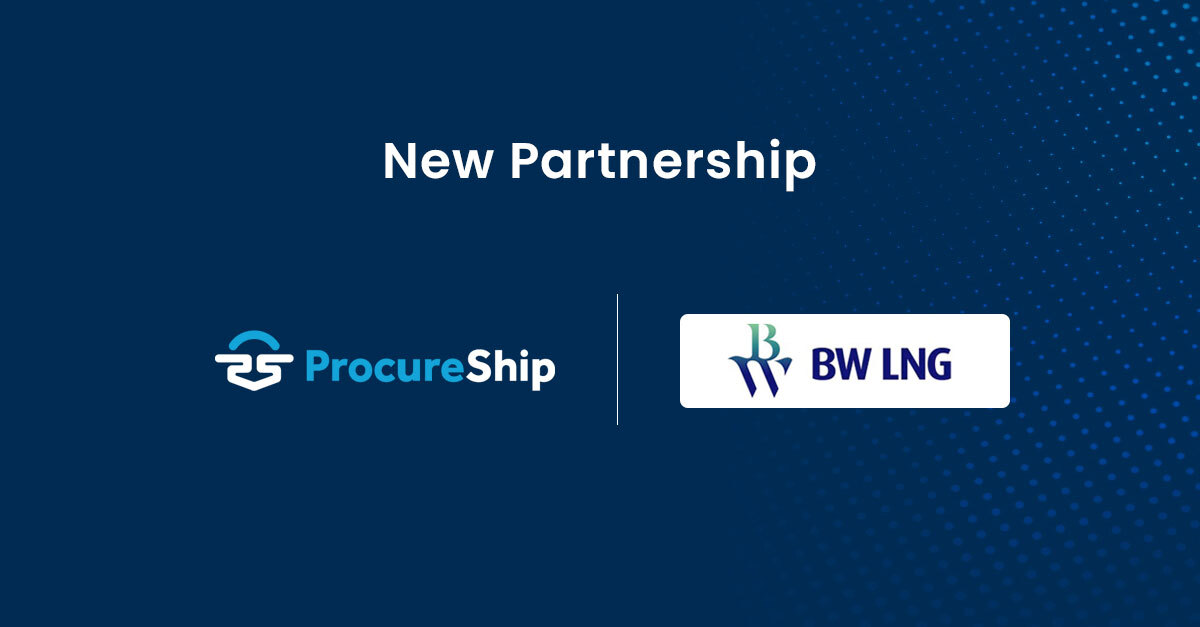 BW LNG secures e-procurement deal with Procureship
BW LNG secures e-procurement deal with Procureship